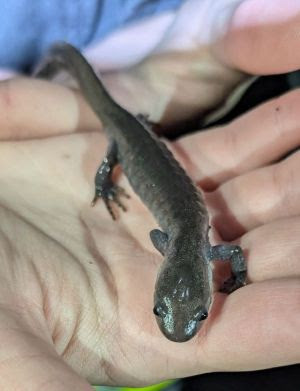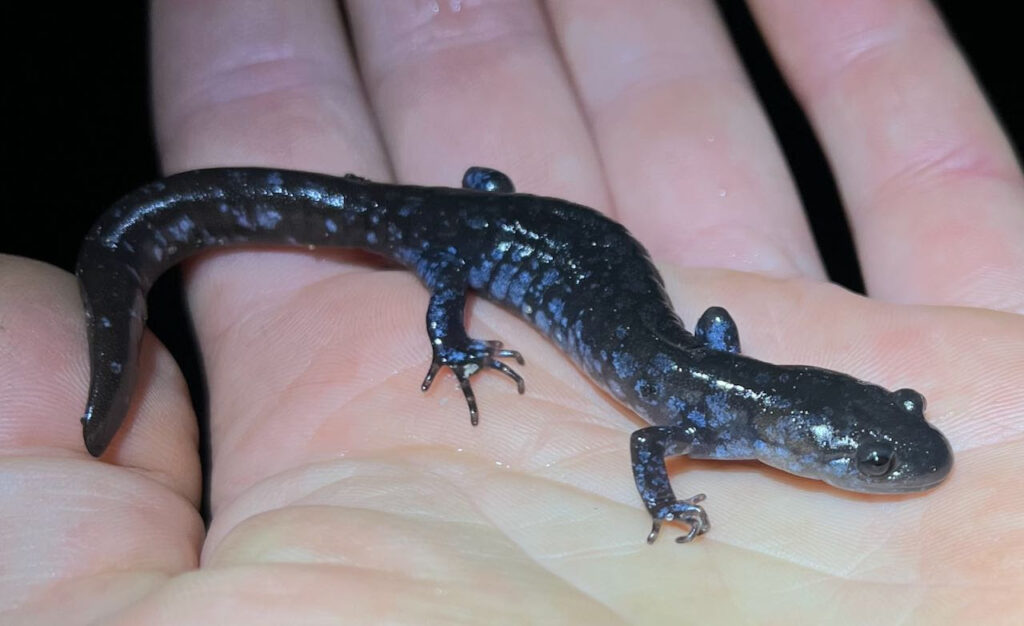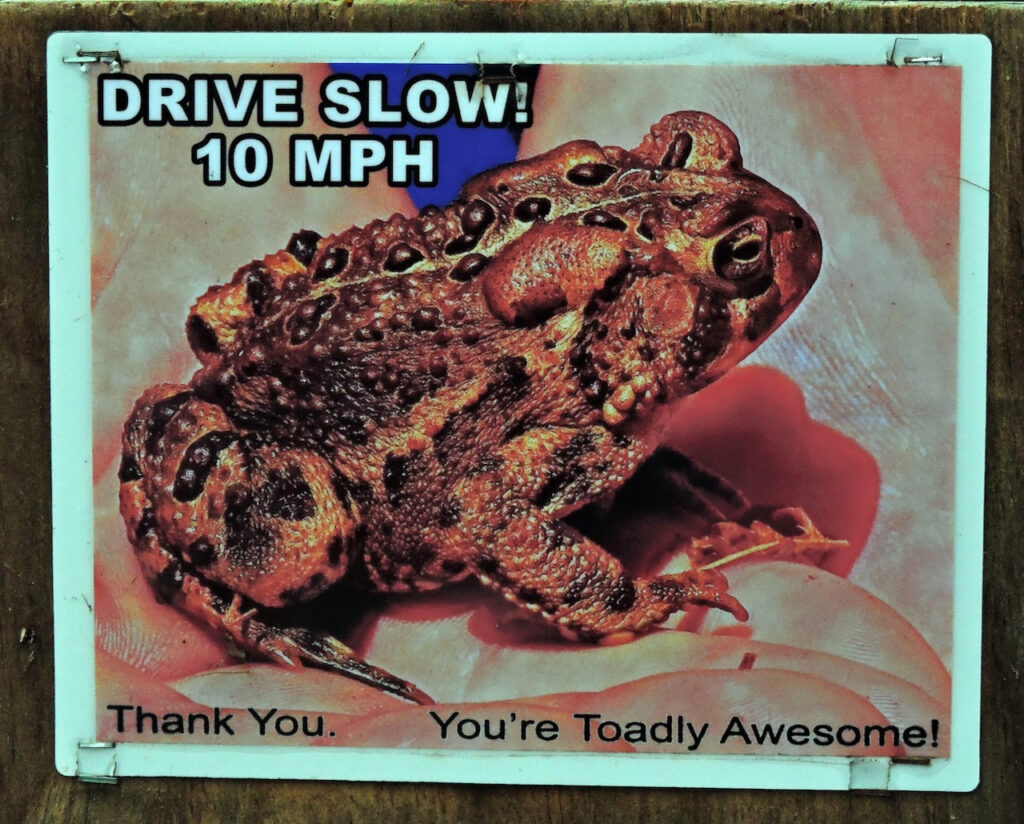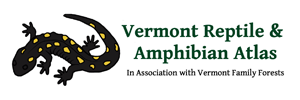
Herp Update: Amphibian Migration, Other Activity, Herp Names – April 15, 2025
Recent Herp Activity
Amphibian Migration Timing, Good for Them, Bad for Us
Herpers, when I am trying to pick a night to invite people to Morgan Road for one of our educational data-gathering amphibian crossing events, I look for chances of steady rain greater than 70% in the late afternoon and early evening, along with temperatures above freezing (the warmer the better), at least patches of snow-free ground, and if the rain stops before dark, the roads are still wet. We have had most of these conditions here in Salisbury this spring, with the notable exception of the steady afternoon and evening rains. As a consequence, I personally have not witnessed a major migration this spring and my lawn is already growing and our Eastern Phoebes have been singing for weeks.
As the many reported choruses of Wood Frogs and Spring Peepers suggest, migration of early spring amphibians has already happened in most of Vermont, with the possible exception of our higher elevations and the northeast kingdom. We have received many reports and photos of Wood Frog, Spotted Salamander, and Jefferson Salamander egg-masses. Unfortunately for those people who wanted to get out and see a “Big Night” migration, most of the steady rains and as a result, most of the larger migrations, took place either late at night or early in the morning. We did have some localized scattered light rains during the day and that generated some reports of at least medium-sized amphibian migrations, but no “Big Night” that was convenient for humans. However, moving late at night or early in the morning, although inconvenient for us, was safer for the amphibians (minimal traffic).
The latest we have ever had a reported migration of over 40 Spotted Salamanders in an hour on one section of road was May 1 of 2003.
Other Activity
Herp Atlas assistant Ira Powsner managed to find and photograph a Four-toed Salamander within the city limits of Essex Junction back on April 5. This is a first. We had reports from Essex Town, but not within the city. Ira spotted his Four-toed during the day and in the water!
I have attached a sampling of the photos that have come in with reports this spring. The first two photos below were taken by Toby Alexander in Milton. The top photo is the only Spotted Salamander he found and the lower photo is one of the 24 Four-toed Salamanders he found crossing Hibbard Road.


The photo below was taken by Rachel Hawkins in Huntington on April 5. It is a member of what we call the Jefferson Salamander Group. We use the term group for females that are breeding with Jefferson Salamanders. They could be pure Jeffs but they also could be hybrids breeding with the Jeffs. So we place them in the group that includes pure Jeff females and the hybrids that breed with pure Jeff males.

This photo was taken by Anya Beale on March 30 in Huntington. The salamander is a member of what we call the Blue-spotted Group. It also is a female, so it could be a pure Blue-spotted or a hybrid breeding with Blue-spotted males.

The photo below was taken by Ginger Wallis on March 31 in Thetford. It is a Northern Dusky Salamander. It is not a species that migrates over land. It probably was not more than a few meters from where it spent the winter.

This turtle photo was taken VT Fish and Wildlife fisheries biologist Joel Flewelling in Orwell on April 9. It shows a medium-sized Northern Map Turtle with an unusual growth on its cheek.

The last photo in this series was taken by Molly Parren on April 9 in Monkton. It is a Northwestern Salamander that hitched a ride east from Oregon with some plants and ended up at Cobble Creek Nursery. It is the first of its species to ever be reported in Vermont. Molly is currently taking care of it.

Some Herp Names have Changed
The ninth edition of “Scientific and Standard English Names of Amphibians and Reptiles of North American North of Mexico” was just published at the end of March. It has changed the common and scientific names of a few of our species. Our Snapping Turtle is now called the North American Snapping Turtle. In a similar vein we now have the North American Green Frog, and the North American Bullfrog. In addition, the spelling of Dekay’s Brownsnake now has a small k rather than a capital K. This change was actually in the last edition, but we just caught on. A little disappointing perhaps is that our Eastern Ratsnake is now called the Central Ratsnake. Only one scientific name changed. The Gray Treefrog was previously known as Hyla versicolor. It is now known as Dryophytes versicolor.
Our colleague and regular supporter Sue Morse sent us this image of one of the signs she made for her road. She thinks it has made a difference. Thanks Sue! She is the also the first to report an American Toad this spring. It was on her driveway in Jericho on March 31.


